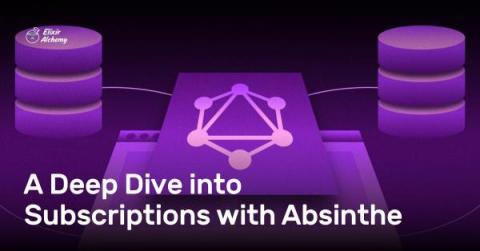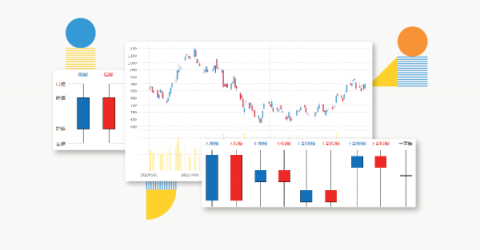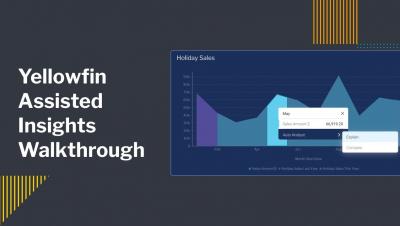Systems | Development | Analytics | API | Testing
%term
How to Set Up Flutter Code Push With Shorebird and Codemagic
Mobile developers using Javascript-based mobile application development platforms such as Cordova, Ionic and React Native have enjoyed the benefit of being able to push app updates over-the-air without resubmitting their apps to the App Store or Google Play for quite some time. As long as the updates are not compiled code, and don’t change the primary purpose of the application then both Apple and Google allow this.
A Deep Dive into Subscriptions with Absinthe
In this series, we've seen how to create GraphQL APIs in Elixir using Absinthe. So far, we have only discussed a one-way communication channel where the client makes the queries or mutations, and the server responds. GraphQL also supports a long-running subscription between the client and the server where the server can notify the client of events. This can be very useful in multi-user scenarios where many users might interact with the same resource at the same time.
How to Analyze Price Movements using Yellowfin Candlestick Charts
How Data Governance Frameworks Benefit from Data Fabric
The value of data is no longer debatable. But the secret to unlocking that value still evades many organizations. Only 44% of data and analytics leaders think their teams are effective in providing value, according to a new Gartner® survey. And business users are still struggling, too, citing accessibility issues and complexity as barriers to data use. Combine this with low executive confidence in data, and it’s clear that data challenges are ubiquitous.
How to scale WebSockets to millions of connections
Yellowfin Assisted Insights Walkthrough
The Art of Data Leadership | A discussion with Head of Data and Analytics, Ehrar Jameel
Infrastructure Testing: Functional Testing or Cross-Functional Testing? | Monika Sharma | #testing
From zero to hero: using SQL databases in Node.js made easy
Despite the growing popularity of NoSQL databases such as MongoDB and Firebase among JavaScript developers, SQL databases remain a reliable and widely used tool for storing data. This tutorial will show you the basics of SQL databases and how to use them with Node.js.











